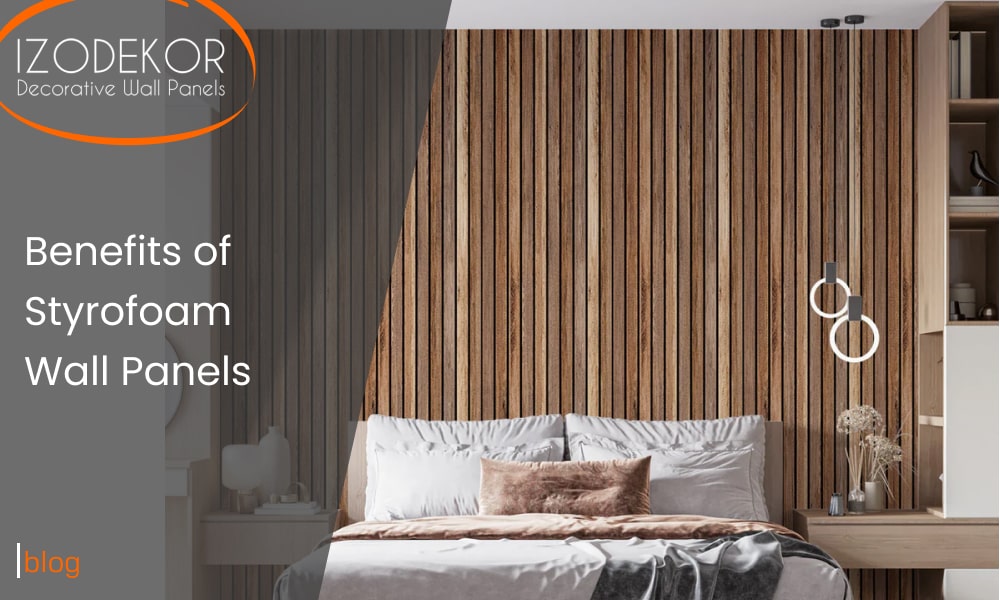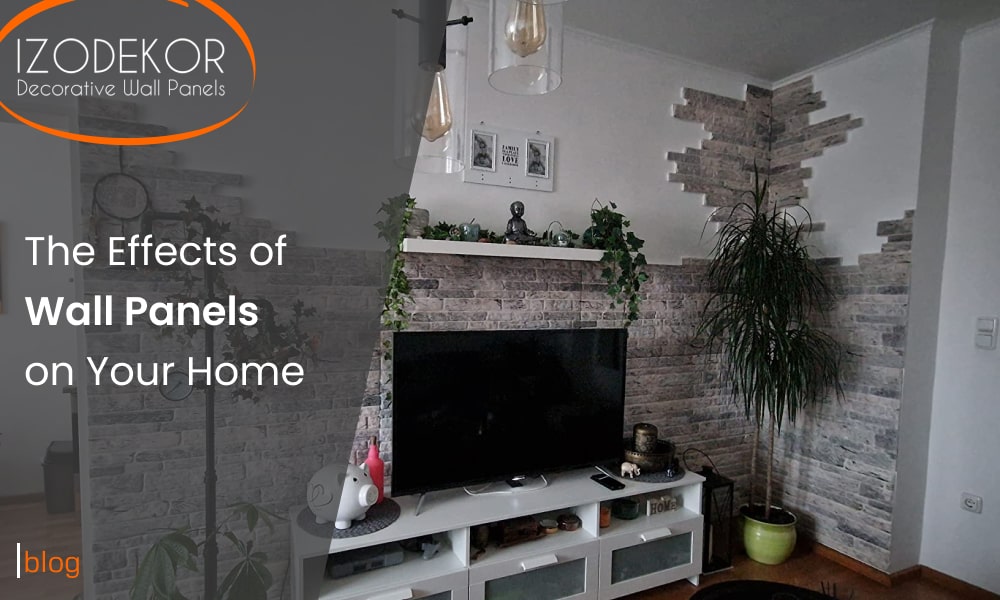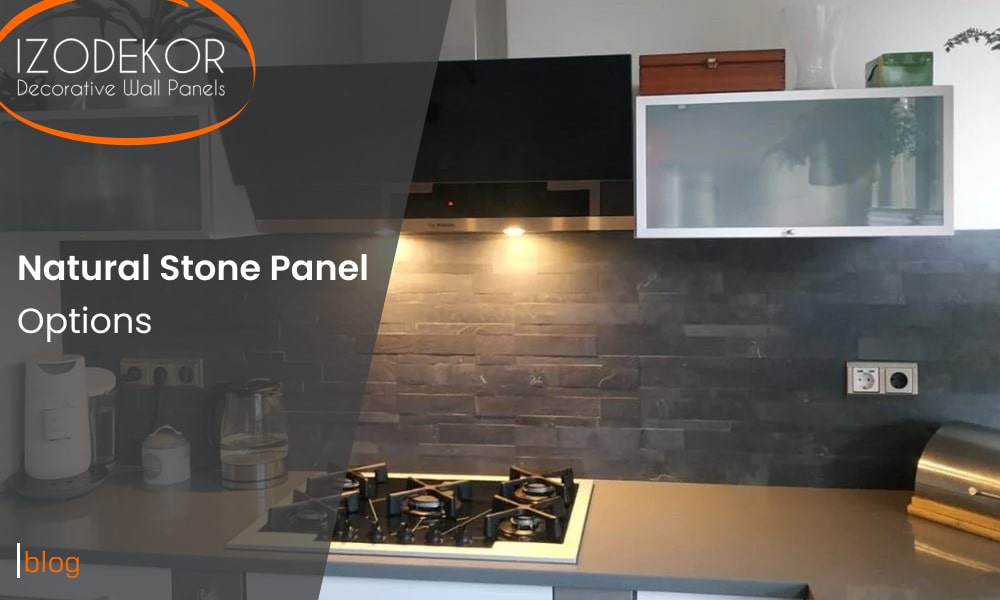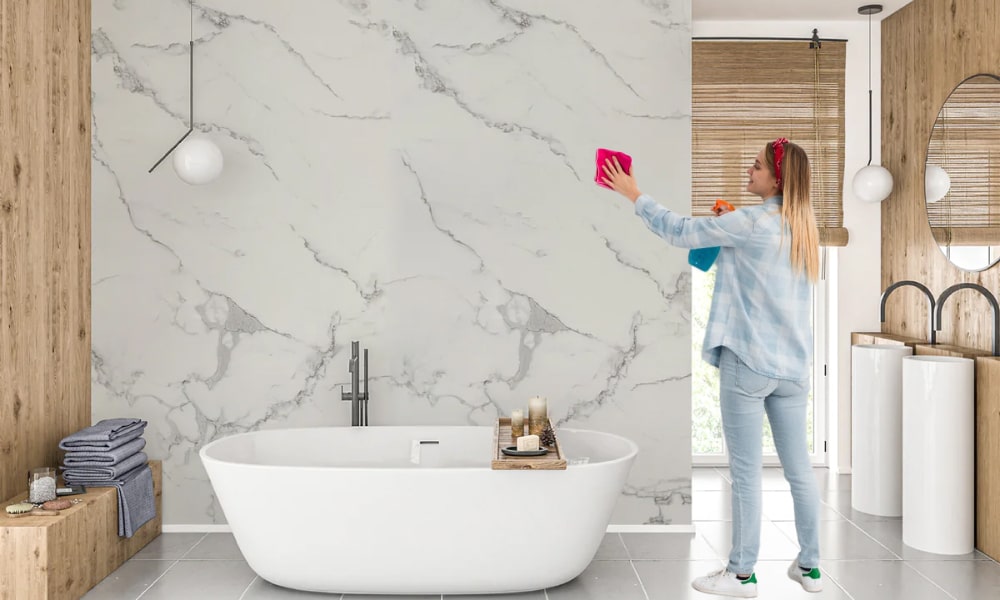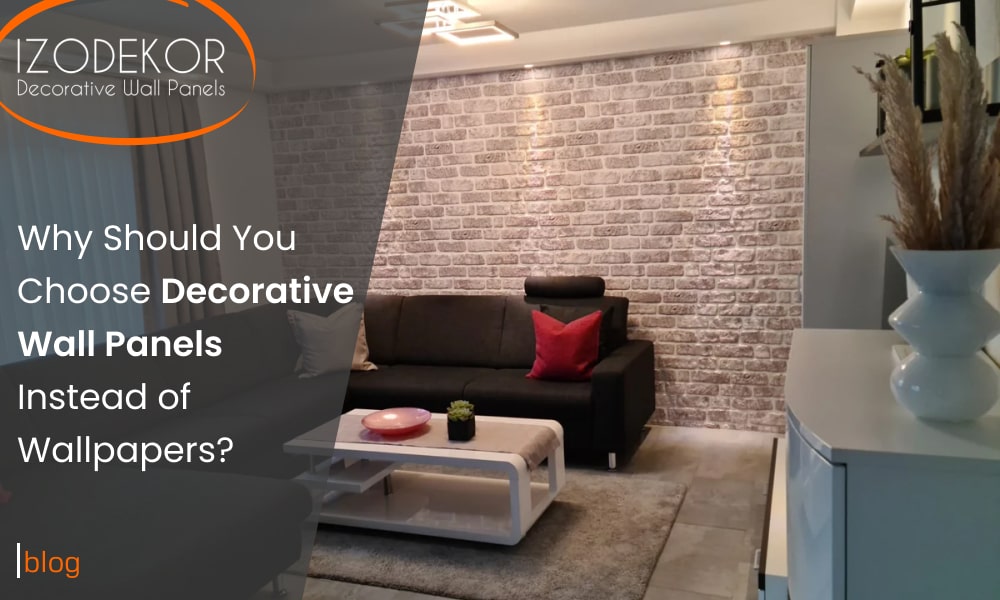
Your Guide to Effective Soundproofing at Home
Your Guide to Effective Soundproofing at Home
Do you ever feel like your home isn't quite the peaceful sanctuary it should be? Maybe the constant hum of traffic disrupts your work, or noisy neighbors make it hard to unwind after a long day. Unwanted noise pollution can significantly impact our well-being, affecting sleep, concentration, and overall stress levels.
But fear not! There are effective ways to achieve a quieter, more serene home environment. This guide will equip you with the knowledge to conquer the cacophony and create a haven of peace.
Understanding the Enemy: Sound and How it Travels
Before we dive into solutions, let's understand how sound behaves. Sound travels in waves, and when these waves encounter a surface, they can be reflected (bounced back), absorbed (converted into energy), or transmitted (passed through).
Soundproofing vs. Sound Absorption
It's important to distinguish between soundproofing and sound absorption. Soundproofing aims to block sound waves from entering or leaving a space, while sound absorption reduces the sound's intensity within a room. An analogy would be a wall: a soundproof wall would be a solid barrier, while a sound-absorbing material like a thick rug would dampen the sound bouncing around the room.
Effective Soundproofing Solutions for Your Home
Now that we understand the basics, let's explore some effective strategies for soundproofing your home:
-
Wall Treatments: Walls are a major entry point for noise. Here's where acoustic wall panels come in as heroes! These panels are specifically designed to absorb sound waves, featuring materials like felt or fiberglass. They boast a Noise Reduction Coefficient (NRC) rating, which indicates their sound absorption efficiency. Acoustic wall panels are relatively easy to install and offer a stylish solution for soundproofing, adding a touch of modern elegance to your space.
-
Door and Window Treatments: Don't forget about doors and windows! Solid core doors offer superior soundproofing compared to hollow core doors. Upgrading windows to double-paned varieties with insulated glass can significantly reduce noise transmission.
-
Ceiling Solutions: In multi-story homes or apartments, soundproofing the ceiling can be crucial. Consider installing acoustic ceiling tiles or adding soundproofing insulation above the ceiling, especially in home theaters or media rooms.
-
Addressing Flanking Paths: Sound is sneaky and can travel through gaps and cracks around windows, doors, and electrical outlets. Sealing these gaps with acoustic caulk is essential for a comprehensive soundproofing approach.
Bonus Tips for a Quieter Home
- Flooring: Consider soundproofing underlayment beneath carpets or hardwood floors for additional noise reduction.
- Furniture Placement: Strategically placed furniture can help absorb sound. Think thick rugs, heavy curtains, and bookcases positioned against noisy walls.
- Addressing Specific Noise Sources: For targeted solutions, explore appliance pads to dampen washing machine vibrations, or machine dampeners to reduce noise from dryers.
Conclusion
Creating a peaceful and comfortable home environment is within reach. By implementing these soundproofing solutions and tips, you can transform your noisy haven into a tranquil sanctuary. Remember, when it comes to acoustic wall panels and mounting kits, we offer a wide selection to suit your needs and style. Explore our website to find the perfect solution for conquering the cacophony in your home!

